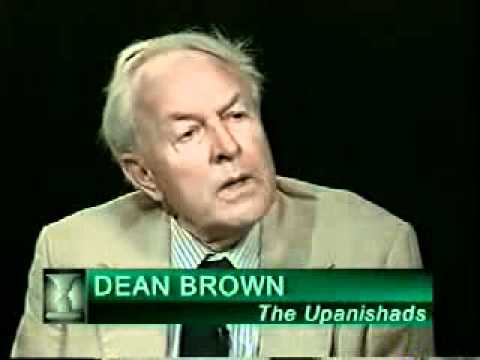Watch more Business Communication videos: http://www.howcast.com/guides/25-Business-Communication
Subscribe to Howcast’s YouTube Channel – http://howc.st/uLaHRS
Save time and money by using plain language on your agency’s website.
Howcast uploads the highest quality how-to videos daily! Be sure to check out our playlists for guides that interest you: http://howc.st/ytmainplaylists
Subscribe to Howcast’s other YouTube Channels:
Howcast Health Channel – http://howc.st/HOE3aY
Howcast Video Games Channel – http://howc.st/tYKKrk
Howcast Tech Channel – http://howc.st/rx9FwR
Howcast Food Channel – http://howc.st/umBoJX
Howcast Arts & Recreation Channel – http://howc.st/vmB86i
Howcast Sports & Fitness Channel – http://howc.st/vKjUjm
Howcast Personal Care & Style Channel – http://howc.st/vbbNt3
Howcast empowers people with engaging, useful how-to information wherever, whenever they need to know how. Emphasizing high-quality instructional videos, Howcast brings you experts who provide accurate information in easy-to-follow tutorials on everything from makeup, hairstyling, nail art design, and soccer to parkour, skateboarding, dancing, kissing, and much, much more.
Step 1: Know your audience
Know who your readers are and only include information that’s relevant to them. Tailor your writing to the people with the least expertise.
Tip
Get a plain language checklist at plainlanguage.gov.
Step 2: Keep it simple
Keep it simple. Fancy words often confuse more than impress, especially on the web. Choose words that are concrete, familiar, and easy to understand. Avoid jargon and legalese. Whenever possible, use pronouns like “we” and “you,” and eliminate acronyms most readers won’t understand.
Tip
Cut every unnecessary word. Extra words bury important information and make it hard for search engines to find the most relevant material.
Step 3: Choose the right style
Write in an easy-to-understand style. Speak directly to your readers — using “you” and “we” — to make the information more personal and relevant. Write in the active voice, not the passive voice, and use simple verb tenses.
Step 4: Organize your writing
Organize your writing. Put the most important information first, use a consistent layout, and incorporate simple formats. Use descriptive titles and headings that include the keywords your readers are searching for, so search engines can find your content.
Tip
Include white space in your design to break up blocks of text and avoid the “wall of words” effect.
Step 5: Monitor your writing
Monitor your writing. If someone can’t understand the text the first time they read it, it’s not written in plain language. Get feedback from peers and customers, then fix mistakes and make improvements.
Step 6: Train your team
Everyone, from the top down, should learn to use plain language. Encourage your staff to attend training through Web Manager University, and consider bringing in a plain-language expert to train your team. Improve your site with clear, concise, and well-organized writing to help search engines find your content, ensure people get quick answers, and reduce help-desk questions. Plain and simple.
Did You Know?
The U.S. Government supports plain language and is working hard to improve the writing on government websites.
language
1263829246
2010-01-18 15:40:46
2:40
UCSpVHeDGr9UbREhRca0qwsA
Howcast
14
5
source



